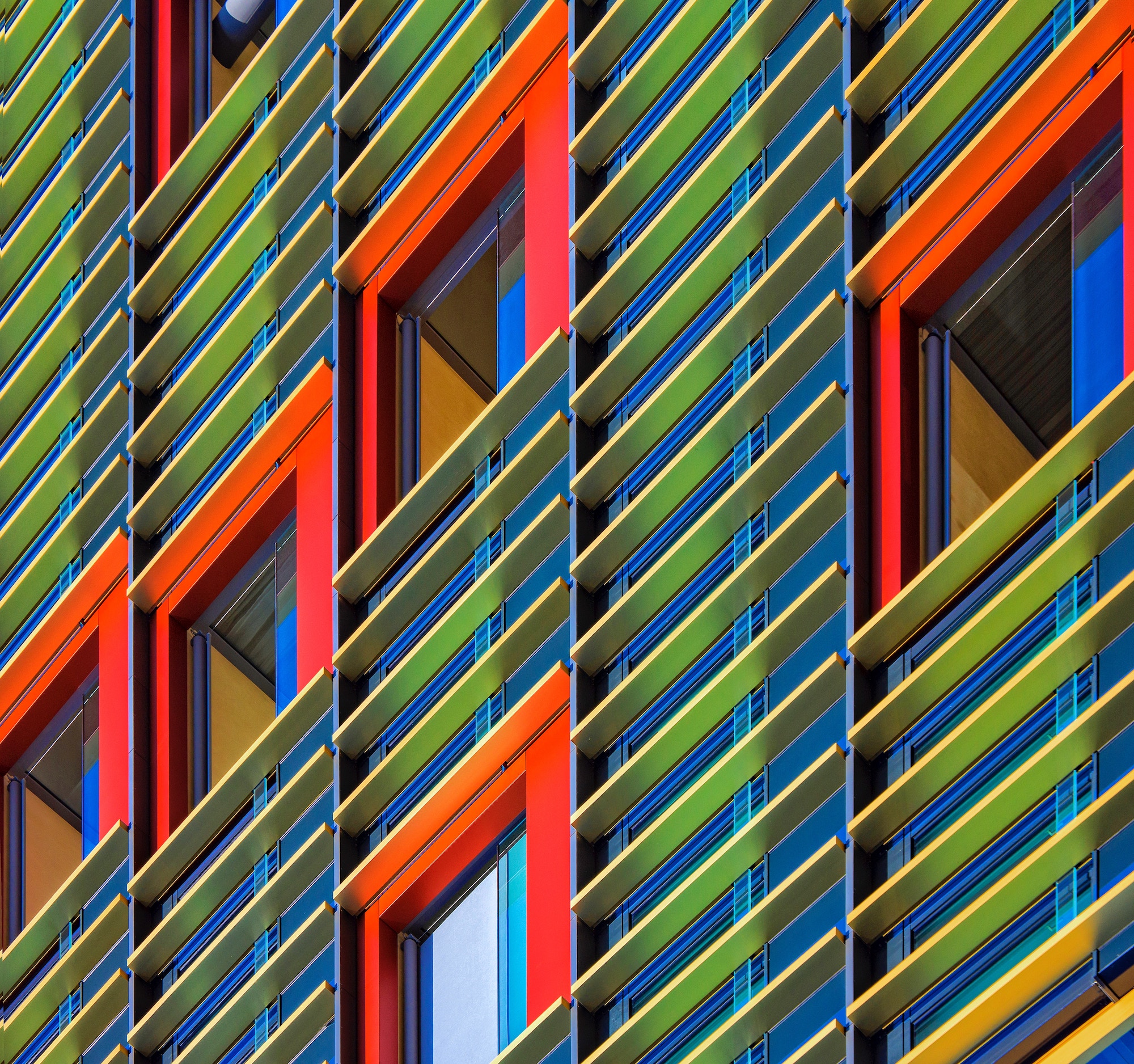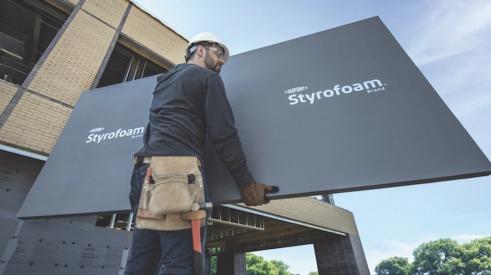Government support helping to drive demand for green building materials
Increased use of green building materials in public facilities as a result of government support is a major growth factor for these products around the globe, according to Transparency Market Research. The global green building materials market is projected to grow 12.5% annually between 2013 and 2019, the firm says. Insulation accounted for the largest product segment with 21% share of the green building materials market in 2012.
Other findings from the report include:
- Green roofs will drive demand for roofing application materials
- Growing demand for glue and paints that are free from volatile organic compounds (VOCs) and carpet tiles manufactured with recycled material will drive the interior finishing application segment
- Non-conventional construction material such as engineered lumber, structural insulated panel, steel with recycled material, and autoclaved aerated concrete will also experience significant growth
Silicon Valley cities considering taxes aimed at large employers
After Seattle’s recent enactment of an employee head count tax to combat an acute housing shortage blamed on the rapid growth of Amazon and other high tech companies, cities in Silicon Valley are moving forward with similar proposals. Mountain View, home to Alphabet, Intuit Inc., and LinkedIn, has proposed a tax that could cost major local employers between $250 and $300 a head. The city council is expected to vote on the bill next month.
Palo Alto's city council recently voted to send a tax measure to voters in November that would raise levies on hotel rooms and on real estate transactions. The taxes could affect tech businesses buying new offices and visitors doing business with them. The city failed to pass a direct business tax almost a decade ago.
In San Francisco, a coalition of non-profit organizations is spearheading an effort to tax companies 0.5% on earnings of more than $50 million. Seattle will tax large employers $275 per employee for a total expected to be about $50 million.
Washington D.C.’s flat skyline can be a virtue
While some complain that Washington D.C.’s building height limit has resulted in lookalike, boxy buildings, an architecture critic views the restriction as a feature, not a bug. John King writes of the “virtue of architectural monotony: a relentless horizontality where commercial canyons recede into the distance,” at The Atlantic’s City Lab web site. King describes the result as: “An awkward yet oddly endearing terrain where, absolutely, the whole is greater than the sum of the parts.”
D.C.’s century-old zoning ordinance ties building heights to the width of adjacent streets. The formula translates to a maximum height of 130 feet, with another 20 feet for mechanical equipment and a penthouse, throughout most of the city.
The height restriction creates a distinctive look for the nation’s capital when authenticity is valued above all else, King says. “Cities tout any element that sets them apart, any rooted sense of place, any hint of local flavor,” he writes. “Idiosyncrasy is where it’s at.”
Zero Net Energy Primer, a New Guide for Architects, Released by Calif. AIA
The American Institute of Architects, California Council has released a new guide for architects called Zero Net Energy Primer. California's building codes are moving steadily toward net-zero energy construction. California has the largest concentration of net-zero homes in the country with 5,279 of the 13,906 net-zero residential units in North America having been built in the Golden State.
The guide outlines how architects can address the three keys to meeting net-zero requirements: building an efficient thermal enclosure, choosing highly efficient mechanical systems, and installing solar energy systems. The guide is aimed not just at California architects, but is relevant just about anywhere.
Tenants, Landlords Urge West Hollywood, Calif., Officials to Defray Costs of Seismic Retrofits
West Hollywood, Calif., is considering a new policy that would mandate seismic retrofits in the city’s apartment buildings. Landlords and tenants are concerned about the costs of upgrading buildings and are urging the city to bear some of the expense.
About 80% of the city’s 36,000 residents are renters. The majority live in rent-stabilized units and are paying below market-rate rents. Costs could range from $100,000 to $1 million or more per building.
Advertisement
Related Stories
Codes + Standards
Public Comment Period Opens for National Green Building Standard Updates
The 45-day public comment period for draft 2 of the 2024 NGBS begins on April 12, 2024
Codes + Standards
Public Comment Period Opens for 2024 National Green Building Standard Update
The 45-day public comment period opened Aug. 18, and comments must be submitted by Oct. 2, 2023
Codes + Standards
The Inefficiencies of the Latest Energy Code
The 2021 edition of the International Energy Conservation Code (IECC) hampers the return on investment for builders and homebuyers







